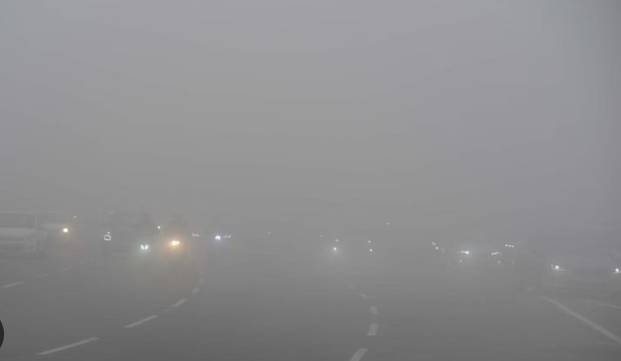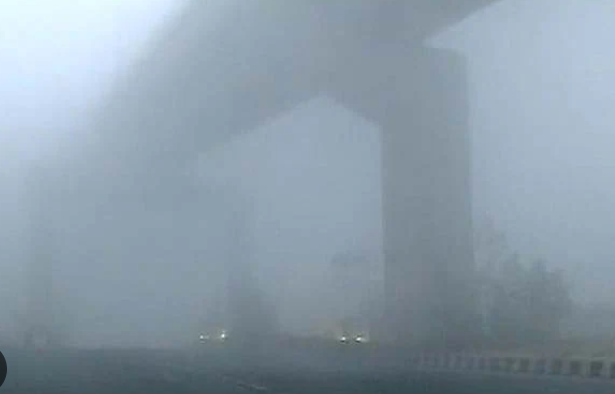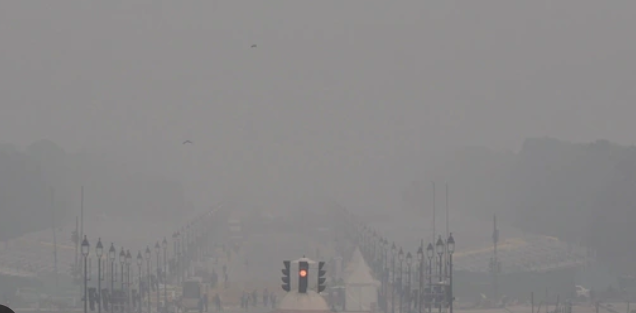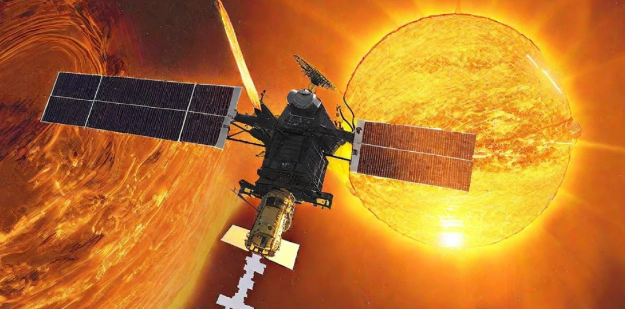
Delhi Winter Sets Record: Winter Power Crisis Reaches Unprecedented Heights
Delhi Witnesses Unprecedented Winter Power Demand Surge
In the face of a biting cold wave, Delhi experienced an extraordinary surge in power demand, reaching a historic high during the winter season. As residents grappled with another sunless day, heaters and geysers worked overtime to combat the chilly weather, propelling the city’s power demand to new heights.
On Friday, at 11:05 am, Delhi recorded its all-time highest winter peak power demand, reaching a staggering 5,559MW. This surpassed the previous winter peak of 5,526MW, observed on January 6, 2023, marking a substantial increase. Over the last 24 hours, the power demand surged by 300MW, with Thursday and Wednesday peaking at 5,241MW and 5,257MW, respectively, according to data from the State Despatch Load Centre (SDLC).
The challenging weather conditions added to the power demand surge, with a daytime temperature of 14.6°C on Friday, which is five degrees below normal, according to the India Meteorological Department (IMD). Thursday witnessed the lowest daytime temperature in the past two years, standing at just 12.5°C.
An official from the power distribution companies (discoms) pointed out that the prolonged cold spell over the last two days was a primary factor behind the spike in power demand. More than half of the winter demand is attributed to heating appliances like geysers and room heaters, and this surge was a direct consequence of the sustained cold.
Despite the significant increase in demand, discoms assured that they managed to meet the peak power demand within their jurisdictions without any outages. Anticipating further spikes in demand, discoms remained prepared to address the escalating energy needs.

While the winter peak demand sets records, it is noteworthy that the demand in summer months far surpasses these figures, with the all-time high of 7,695MW recorded on June 29, 2022. This summer, the peak demand reached 7,438MW on August 22, 2023.
BSES subsidiaries, BRPL (BSES Rajdhani Power Limited) and BYPL (BSES Yamuna Power Limited), successfully met peak power demands of 2,379MW and 1,136MW, respectively. A BSES spokesperson highlighted that, in addition to long-term agreements with power plants, over 2,000MW was sourced from green energy, encompassing solar, hydro, and wind power.
Tata Power DDL, providing electricity in north Delhi, reported handling a peak demand of 1,735MW without any constraints. The company foresees the peak demand breaching the 1,800MW mark this season and has secured long-term power tie-ups to meet this anticipated surge.
Comparing peak power demand over the past years, SDLC data reveals 5,104MW in the winter of 2021-22, 5,021MW in 2020-21, 5,343MW in 2019-20, and 4,472MW in 2018-19. These figures, while significant, remain considerably lower than the peak demand witnessed during scorching summer temperatures in the Delhi .
Infrastructure Challenges and Future Preparedness
The surge in winter power demand underscores the critical role that energy infrastructure plays in ensuring the well-being of residents during extreme weather conditions. As Delhi navigates this unprecedented demand, it prompts reflections on the existing infrastructure challenges and the need for future preparedness.
Infrastructure resilience becomes a focal point during such peaks in demand. Discoms, despite meeting the surge without outages, now face the challenge of reinforcing their networks to accommodate future spikes. The increasing reliance on heating appliances highlights the evolving energy consumption patterns, demanding a strategic approach to infrastructure planning.

Green energy sources have played a pivotal role in meeting the heightened demand. The success of incorporating over 2,000MW from solar, hydro, and wind power by BSES indicates a positive trajectory toward sustainable solutions. As the world grapples with climate change, leveraging renewable energy sources becomes imperative for meeting rising demands without exacerbating environmental concerns.
Tata Power DDL’s expectation of breaching the 1,800MW mark anticipates a continued upward trajectory in demand. In Delhi Long-term power tie-ups signal a proactive approach to address future challenges. The commitment to securing energy from diverse sources, both traditional and renewable, positions these companies at the forefront of a dynamic and evolving energy landscape.
The winter peak demand figures also shed light on the evolving role of electricity in daily life in Delhi . Beyond the traditional role of lighting and electronic appliances, the surge in demand for heating instruments underscores electricity’s integral role in ensuring comfort and well-being during colder seasons.
Looking forward, the emphasis should be on a holistic approach that integrates technological advancements, infrastructure upgrades, and sustainable practices. The adaptation of smart grids, energy-efficient technologies, and continued investment in renewable energy can collectively contribute to a more resilient and sustainable energy landscape.
As cities worldwide grapple with the impacts of climate change, extreme weather events, and evolving energy needs, the experience of Delhi winter power demand surge serves as a microcosm of the broader challenges and opportunities in the energy sector. By addressing these challenges head-on and adopting forward-looking strategies, cities can not only meet immediate demands but also build a foundation for a more sustainable and resilient future.
For the latest updates-click here.


